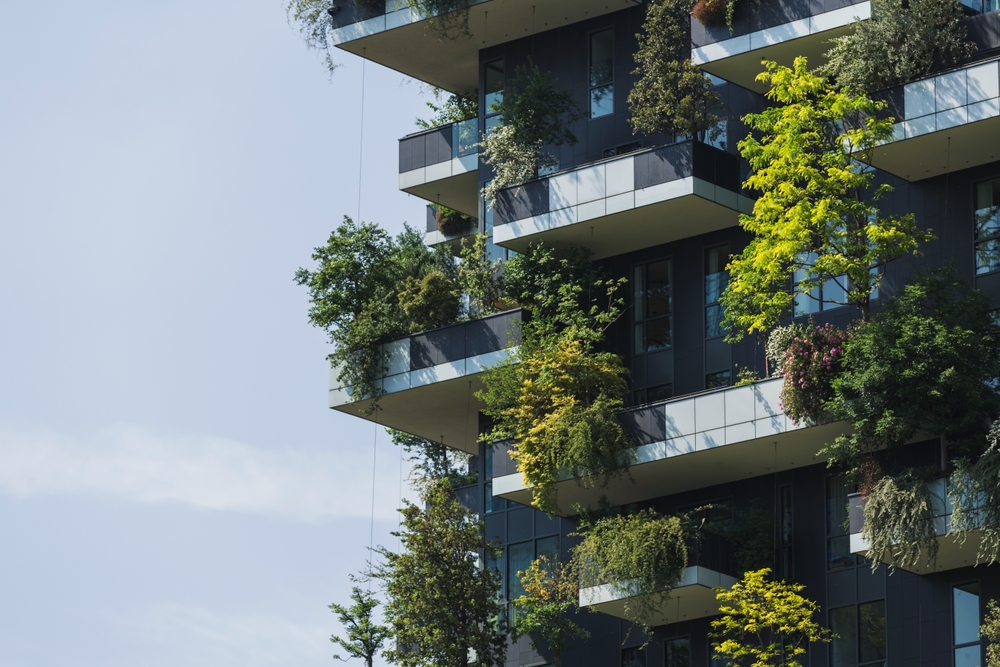Floral Foam Alternatives: Eco-Chic Flower Arranging
In a world where sustainability meets style, floral designers are reimagining the art of flower arranging. Gone are the days when green floral foam was the go-to medium for creating stunning bouquets. Today, innovative florists and home enthusiasts are exploring eco-friendly alternatives that not only support the environment but also add a touch of creativity to floral displays. Let's dive into this blooming trend that's changing the way we think about flower arranging.

Nature’s Own Solutions: Organic Substitutes
One of the most exciting trends in eco-friendly flower arranging is the use of natural, biodegradable materials. Innovative florists are turning to organic substances like sphagnum moss, coco coir, and even fruit to create stunning arrangements. These materials not only provide excellent water retention but also add unique textures and visual interest to floral designs. For instance, halved citrus fruits can serve as both a water source and a decorative element, infusing arrangements with a fresh, zesty aroma.
Mechanical Marvels: Reusable Flower Frogs
Reviving a classic tool from the past, flower frogs are making a comeback in modern floral design. These metal or ceramic devices, featuring sharp pins or a grid-like structure, offer a sturdy base for arranging flowers without the need for foam. The beauty of flower frogs lies in their reusability and versatility. Available in various shapes and sizes, they can accommodate a wide range of floral designs, from minimalist ikebana-inspired arrangements to lush, overflowing bouquets.
Woven Wonders: Chicken Wire and Fabric Grids
For those seeking a more flexible approach, chicken wire and fabric grids are emerging as popular alternatives to floral foam. These materials can be molded into any shape, allowing for creative freedom in design. Chicken wire, in particular, offers excellent support for heavier stems and can be easily reused or recycled. Fabric grids, made from natural fibers like cotton or jute, provide a softer option that’s particularly suited for delicate blooms and foliage.
Hydration Innovation: Water-Retaining Gels and Beads
As the floral industry continues to evolve, new water-retaining products are entering the market. Biodegradable hydrogels and water beads offer similar moisture-retention properties to traditional foam but with a significantly reduced environmental impact. These products slowly release water to the flowers, extending the life of arrangements while being gentler on the planet. Some innovative formulations even incorporate plant nutrients, promoting healthier, longer-lasting blooms.
The Art of Foam-Free Design
Embracing foam-free flower arranging isn’t just about substituting materials; it’s about reimagining the entire approach to floral design. This shift encourages a more organic, naturalistic aesthetic that celebrates the inherent beauty of flowers and foliage. Designers are experimenting with asymmetrical compositions, loose arrangements, and even “waterfall” designs that cascade from vases or hanging installations, all without the rigid structure imposed by foam.
Educating the Next Generation of Florists
As the movement away from floral foam gains momentum, floral design schools and workshops are incorporating eco-friendly techniques into their curricula. This shift is not only preparing the next generation of florists for a more sustainable future but also inspiring established professionals to rethink their practices. Many florists report that embracing these alternative methods has reignited their passion for the craft, leading to more creative and environmentally conscious designs.
The Consumer’s Role in the Green Revolution
The transition away from floral foam isn’t limited to professional florists. Home enthusiasts and DIY decorators are also embracing these eco-friendly alternatives, driven by a desire to reduce their environmental footprint. This growing consumer awareness is pushing retailers and suppliers to stock a wider range of sustainable floral design products, making it easier for everyone to create beautiful, eco-conscious arrangements at home.
Blooming Forward: The Future of Sustainable Floral Design
As we look to the future, the trend towards sustainable floral design shows no signs of wilting. Researchers and innovators continue to develop new materials and techniques that promise to revolutionize the industry further. From biodegradable plastics derived from plant materials to advanced water-delivery systems that eliminate the need for traditional arranging mediums altogether, the possibilities are as endless as they are exciting.
The shift away from floral foam represents more than just a change in materials; it’s a fundamental reimagining of our relationship with nature and design. By embracing these eco-chic alternatives, we’re not only creating beautiful floral arrangements but also contributing to a more sustainable and vibrant world. As this trend continues to bloom, it’s clear that the future of flower arranging is not just green—it’s technicolor.





